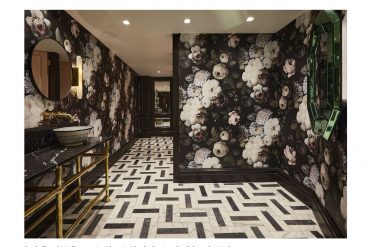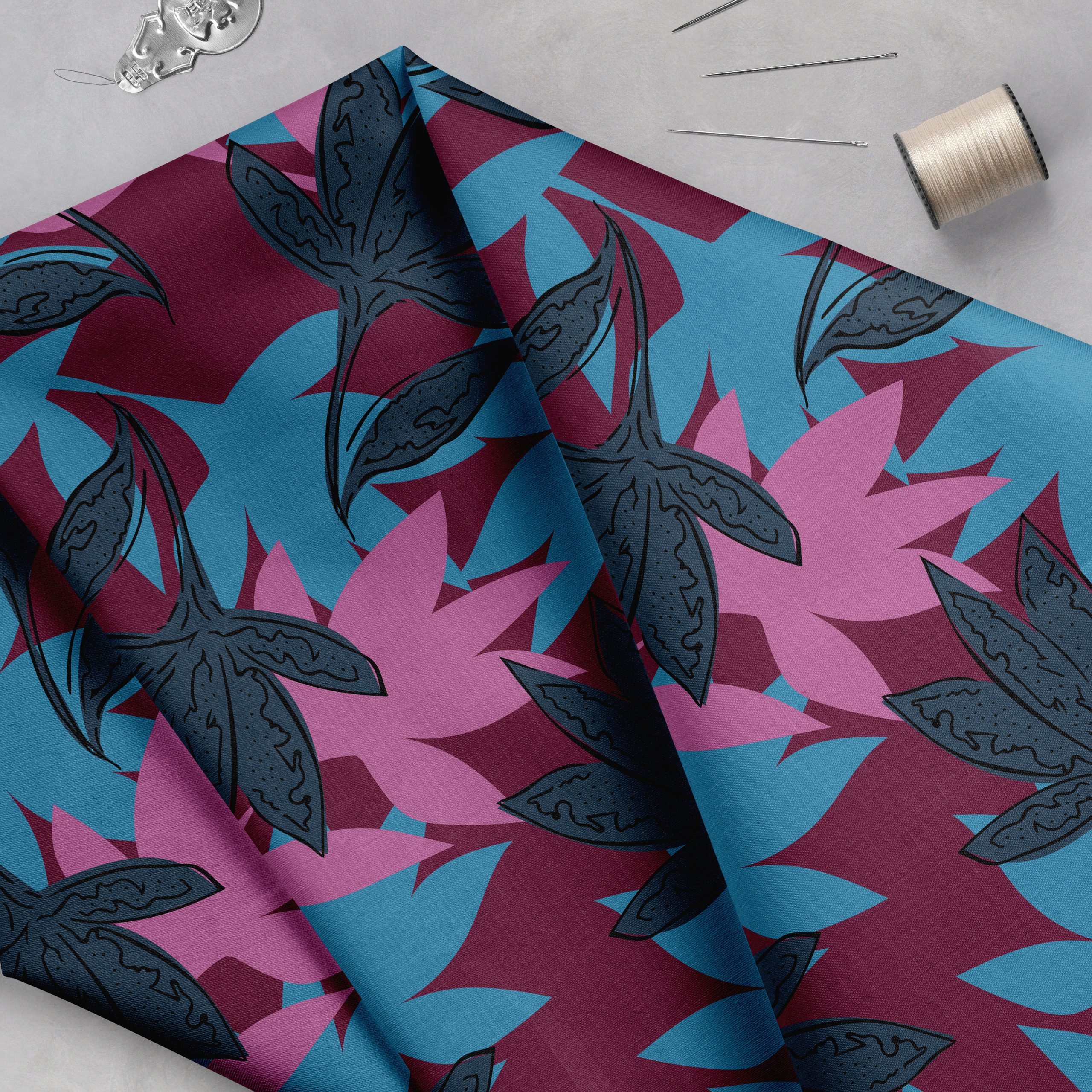Stepping into the textile design business can feel overwhelming. From creating captivating prints to managing a business, there’s much to learn. This guide explores building a thriving textile design business.
Whether you’re starting out or want to improve your existing textile design business, understanding design, marketing, and business management is key for lasting success. We’ll explore finding your niche, building a portfolio, marketing, and navigating legal and financial matters. You can get industry experience with relevant work in print studios as well as design companies.
Table of Contents:
- Discovering Your Niche in Textile Design
- Building a Stellar Textile Design Portfolio
- Mastering the Art of Marketing Your Textile Design Business
- Navigating the Business Side of Textile Design
- Conclusion
Discovering Your Niche in Textile Design
Choosing a niche is a crucial decision in your textile design business. Focusing on a specific area helps you develop expertise and attract loyal clients. Consider what truly excites you in textile design. Working in-house may offer some more design freedom and offer better fabric printing and/or block printing capabilities than at your local fabric store.
Do you love children’s wear, with fun prints and colors? Or are you drawn to home décor’s intricate patterns and luxurious textures? Other niches include activewear, swimwear, and surface pattern design. This Pattern Observer interview on starting a design business further explores these areas.
Researching Your Target Market
After identifying a niche, research is crucial. Analyze brands, designers, and trends within your chosen area.
Look for unmet needs. What unique perspective can you offer? This refines your design style and marketing.
Building a Stellar Textile Design Portfolio
Your portfolio showcases your design skills and style to potential clients. It must be well-curated to reflect your niche and the work you want. You should consider taking online courses if you want to level up your design skills. They might help with advice around what artwork printed products do best in the market and help your print design go the extra mile and even into additional work opportunities such as buy prints on apparel. Or learn additional skills around woven fabric vs screen printing. There is always more to learn about printed fabric. Pattern Observer even interviewed textile designers who sell buy prints if that’s what you’re after.
Showcasing Your Best Work
Choose pieces that highlight your best skills, most innovative design work, and versatility. Include finished designs and process work, like sketches or early concepts.
This offers insight into your artistic process, showing clients your problem-solving skills. Claire Mounier and Moriel Dezaldeti’s portfolios are great examples.
Tailoring Your Portfolio to Different Clients
Create multiple portfolios for different clients or projects. If you design for both childrenswear and home decor, create separate portfolios for each. Your website portfolio can grow over time. The designs â that you include depends on the client or studios work that you want to do.
Mastering the Art of Marketing Your Textile Design Business
Even with great designs, textile design business success requires effective marketing.
A strong online presence is essential, including a professional website and social media. This Pattern Observer post on Pinterest marketing provides valuable resources.
Networking
Networking, both online and offline, is vital for growth. Attending industry events and connecting with clients opens doors to opportunities. This artist interview offers advice on freelancing.
Navigating the Business Side of Textile Design
A successful textile design business needs more than creative talent. Solid business skills are also a must. Having industry experience or working in a print studio before beginning freelancing can help. Some fashion designers find their niche is working with freelance textile designers because that’s the most viable option for them at the time and as they grow. Their freelance textile designer allows their company and brand to focus on its marketing side.
Understanding Contracts and Copyright
Protecting your work is crucial. Learn copyright law and create clear contracts.
These should outline ownership, licensing artwork rights, and usage terms to prevent issues.
Pricing Strategies
Pricing is complex. Factors include your experience, target market, production costs, project scope, and rights transferred. Will you charge per design, hourly, or offer packages?
Your pricing affects your revenue, client perception, and business growth. For example, you might license your artwork to a fashion textile company. How would you like to charge? Some companies may license for prints based on how much the end company thinks their final selling prices of the finished products are.
Conclusion
Launching a textile design business is a journey. While technical design skills are important, other aspects drive success. These include choosing a niche, building a strong portfolio, effective marketing, networking, and understanding contracts and copyright.
Success means finding your path. Combining design expertise and business skills transforms passion into a thriving career. Learning new techniques and improving your workflow around large quantities and/or repeat pattern creation and design can always improve efficiency.











